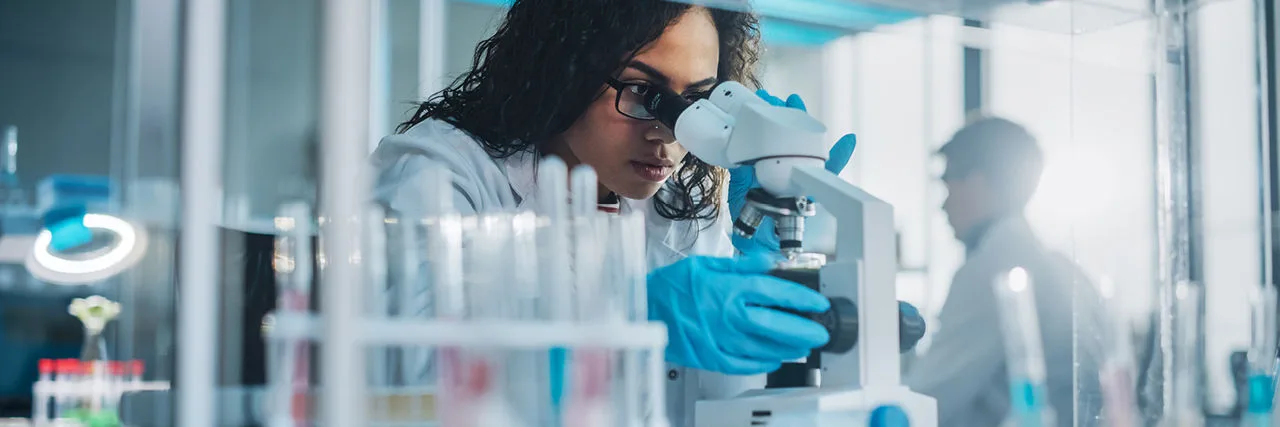Patients with diabetes rely on blood sugar information to make decisions on insulin therapy. Standard of care to read blood sugar includes finger pricking for a glucose meter or a wearable continuous glucose monitoring (CGM) device. While CGM devices have been a major technological improvement for glucose monitoring, the current FDA-approved sensors have limitations. The two current types of CGM sensors are electrochemical and optical sensors. The Dexcom G6, FreeStyle Libre 3, and Medtronic Guardian 3 are all electrochemical sensors. This type of device can have insufficient stability in the body, is susceptible to corrosion, has poor accuracy at low glucose, and can have interference which requires frequent calibration with a glucose meter.
To address these technological limitations, we designed a new type of optical CGM that includes a fluorescent nanodiamond boronic hydrogel system in porous microneedles. Fluorescent nanodiamonds are an inexpensive material that is easy for larger-scale synthesis. The fluorescent nanodiamonds make a stable signal that can be detected and are compatible for use inside the body. The boronic hydrogel is a polymer material that can detect changes in glucose levels. This study attached a boronic hydrogel to a nanodiamond to make a novel fluorescent CGM device. In our proof-of-concept studies, we showed that we can reliably measure blood sugar levels in a mouse for up to 30 days. Also, in large animal models, we showed that the device left minimal scar tissue. Lastly, the hydrogels that we used can be chemically adjusted to detect other biological signals, making it an attractive platform for noninvasive biomedical monitoring. This type of system can be used as a diagnostic tool for other diseases, such as cancer.
In summary, our proof-of-concept study shows that a microneedle device with this material can serve as a minimally invasive and long-lasting fluorescence sensor for measuring blood sugar. Our sensor is small and easy to apply/remove, providing a safer and more user-friendly optical CGM device for diabetes patients. This work was recently published in Advanced Science in an article called “Continuous Glucose Monitoring Enabled by Fluorescent Nanodiamond Boronic Hydrogel.”




